Shiitake, Kelp and Wild Garlic
Another super straight forward, seasonal, healthy and very tasty meal for you involving everybody’s favourite spring time foragable, wild garlic. Generally, I try to pair ingredients with others that share the same season, but as I couldn’t get my hands on Morel mushrooms I was keeping an eye out for a good substitute. As luck would have it, I found two bags of discounted Shiitake mushrooms at my local health food shop and bought both! My mentality regarding reduced to clear or sell-by-dates varies from ingredient to ingredient as I’m a big believer in two key but opposing things: I hate food waste, but I want my food to be the most nutritious and tasty it can be. Generally speaking, the longer that food has been sat around since it was picked, the less nutritiously valuable that food is. It’s one of the biggest arguments (besides the pollution or air miles) for locally grown produce. But when it comes to certain produce, I honestly can’t tell much difference. And in the case of mushrooms, particularly drier varieties like shiitake, I’ll happily buy them at a reduced price.
As long as a mushroom doesn’t feel slimy then it’s perfectly fine to eat.
The main ingredients I’ll avoid if they’re too old are broccoli, bean sprouts, microgreens, watercress, or most leafy greens. Something high in vitamins (that isn’t a fruit) often denatures quickly. If you spot any yellowing on it then by all means haggle for a low price, but don’t expect it to be as healthy or tasty as it once was.
Foraging
As always, never take more than you need, never pick a protected species, never trespass, and always respect the natural habitat. It’s important to leave enough for everyone as well as not to damage the plants by removing too much. It is good practice to cleanly cut a plant you forage and not tug at it, this way you don’t damage the roots and allow it to recover for the following season.
One of the main attractions in foraging is the wonderful flavours we find in plants and fungi that have grown in their natural habitat and far from the destructive and artificial environments of conventional agriculture. Having said this, harmful chemicals can still find their way into faragable ingredients that grow close to roads. For this reason, I tend to leave anything growing at the side of the road or footpath alone in favour of that which grows in the heart of a habitat.
The same can be said for foraging seaweed. Whilst it is true that Britain has next to no poisonous varieties of seaweed (besides Desmarestia which is largely found in deep water) it is important to note where you choose to harvest from. There are large parts of the British coast that are crystal clear of harmful chemicals and pollutants, but there are many that are. If you are new to foraging seaweed then do a quick check online for the area you plan to visit and make sure it’s safe. Likewise, take care if you plan to harvest from estuaries or other areas of high coliform counts as harmful bacteria may be present.
In Wales there is no common law right to pick seaweed of any kind that is still attached to rocks. Realistically, nobody is going to be upset if you’re out with a single carrier bag and a pair of scissors, but if you’re unsure then please contact whoever owns the beach and ask permission. Another option is to head out on a low tide after a stormy or windy day. You will find lots of fresh seaweed that has been snapped from the rocks and seafloor which you can legally collect as much as you can carry. So long as you don’t mind the smell, this can be hung out to dry and will last for months, potentially even years if done properly.
Once used, you can compost your seaweed as it is still high in minerals that are often hard to come by in land.
When it comes to wild garlic, be careful of dangerous lookalikes. Take care not to pick the leaves of Lily of the Valley (Convallaria majalis). They favour the same conditions and look similar, but Lily of the Valley is a little more upright and doesn’t share the distinct aroma of wild garlic. When flowering, it looks more like a Snowdrop, with small, bell-shaped flowers hanging from a slender stalk. This plant is highly poisonous and can cause anything from digestive issues to irregular heartbeats. Another thing to bare in mind is Ivy. A lot of woodland is covered in Ivy and often wild garlic pushes it’s way up amongst vines of Ivy. It is easy to accidentally pick Ivy that is hiding beneath the leaves of wild garlic, so be careful when washing your haul for any signs of dark green Ivy leaves.
If you don’t currently have access to a beach then store bought Kombu will also work fine in this recipe, but make sure to soak it in your broth water for 6-8 hours ahead of cooking (or as per the instructions).
Just before we crack on with the recipe, I’d like to add a note that if you happen to have any runty little leeks in the garden that aren’t doing much, feel free to substitute the spring onion in this recipe for one of those. They’re milder but much sweeter and compliment the umami of the mushrooms and kelp nicely.
Shiitake, Kelp and WG Recipe
Serves 2
1 white onion, diced.
200g shiitake mushrooms.
300g wild garlic, washed.
A small thumb of ginger root, peeled and roughly chopped.
50ml mirin.
30ml tamari/soy sauce.
1 dried Thai red chilipepper.
150g Udon noodles.
20g Kelp/Kombu seaweed.
1.5ltr of water.
1 spring onion or mini leek, roughly chopped.
A blend of microherbs or microgreens (a small handful per portion).
Sesame seeds, toasted.
(Note, the microherbs I used were sunflower, pea, broccoli, fenugreek, PSB and chive).
Step 1.
Wash all of your foraged ingredients. If you’re using a foraged seaweed then make sure to wash it three times in fresh water. Soak the kelp in 1.5ltrs of fresh water for 6-8 hours. I set mine off in the morning. Alternatively, you can infuse your kelp in simmering water for 30 minutes, but the flavour won’t be as full.
Next, put your kelp broth on the heat and bring it to a boil. Reduce to simmer for 30-45 minutes until the liquid has halved in volume. After 30 minutes, turn your own on to 190C/370F to preheat.
Step 2.
The fried ingredients at the beginning of the cooking process.
Whilst you reduce your broth, finely dice the onion and roughly chop up your ginger root. With a dash of oil, pop them into a frying pan along with all your mushrooms and the Thai red chilipepper (halved length ways to release the seeds)*. I don’t both cutting up the mushrooms at all for this recipe as I love the variety of sizes and finding them whole, floating around in the broth. The pan should be hot enough to make the mushrooms squeal when lightly pressed against it. Next, season and continue to fry on a high temperature until the onions have caramelized and the mushrooms have turned a golden brown.
*If you aren’t a fan of spice, feel free to leave the pepper out, or try a mild version by removing the seeds before you add it to your meal.
Cook your noodle as per the instructions. Mine took the same amount of time as the mushrooms so aim to get the cooking at roughly the same time. At the same time, place your sesame seeds on a tray to toast in the oven for 10 minutes.
When cooked, drain your noodles and set aside for 2 minutes whilst you assemble the broth.
Step 3.
When browned, add the mirin and tamari and toss the ingredients around in it. Turn the hob down to a low temperature and allow the liquids to reduce until they’ve formed a sticky glaze as seen above.
Fish your kelp from the broth and set aside for compost. Pour the broth through a sieve into your frying pan, turning the heat up enough to make it bubble and deglaze any sticky residue that may stubbornly hold fast to your pan. Add the wild garlic right before serving as the heat from the broth will quickly cook the delicate leaves. Plate up into a large bowl if serving two as a main, or 4 small bowls for sides. Place the noodles to one side of the bowl and chop up your spring onion or mini leek and scatter over the top of your broth along with the toasted sesame seeds. Lastly, place a handful of microherbs on top as the heat from the steam will release their scent as you begin to eat.
Thank you for taking the time to follow this recipe.
I hope you enjoy your meal,
Sam










